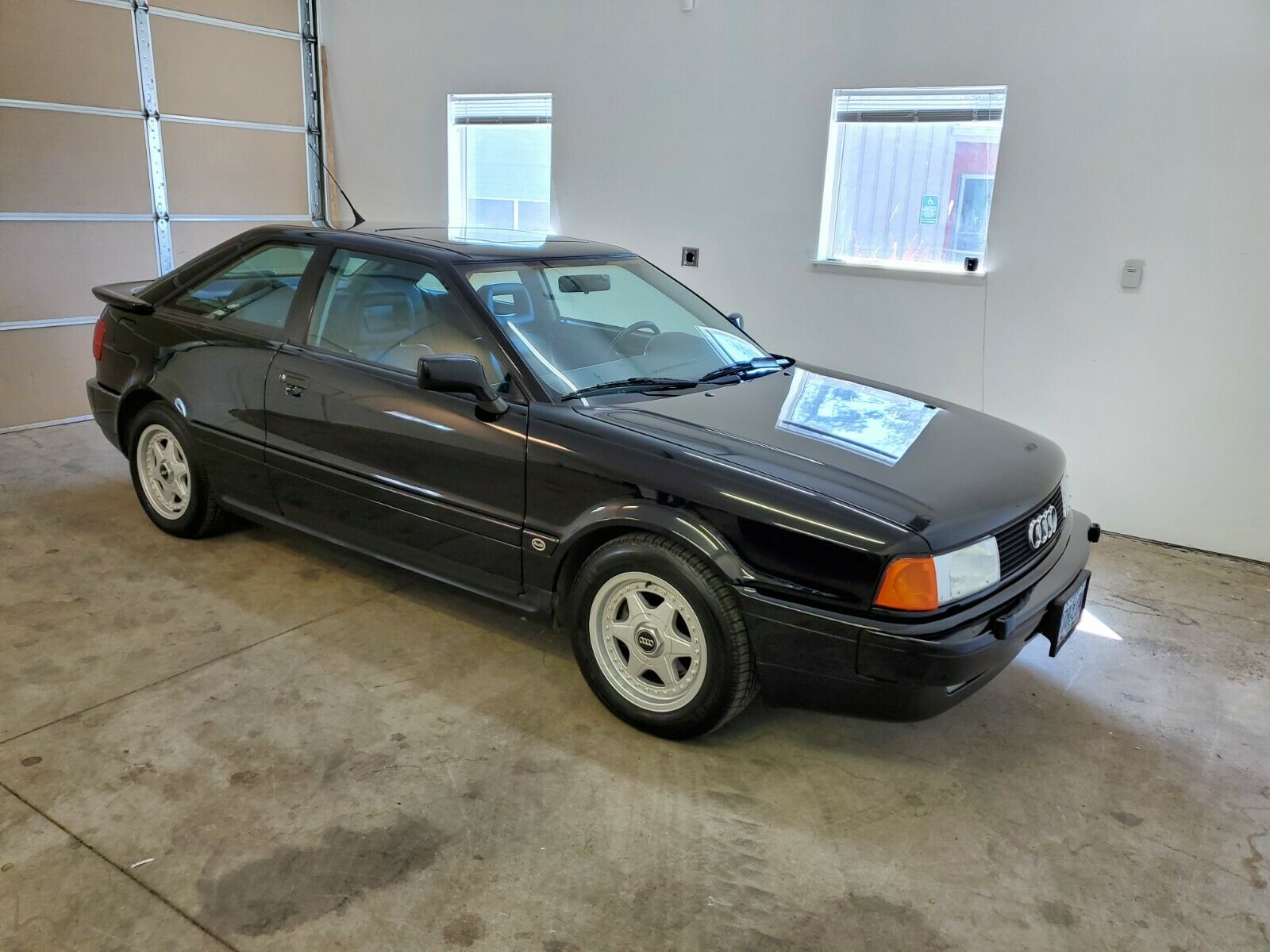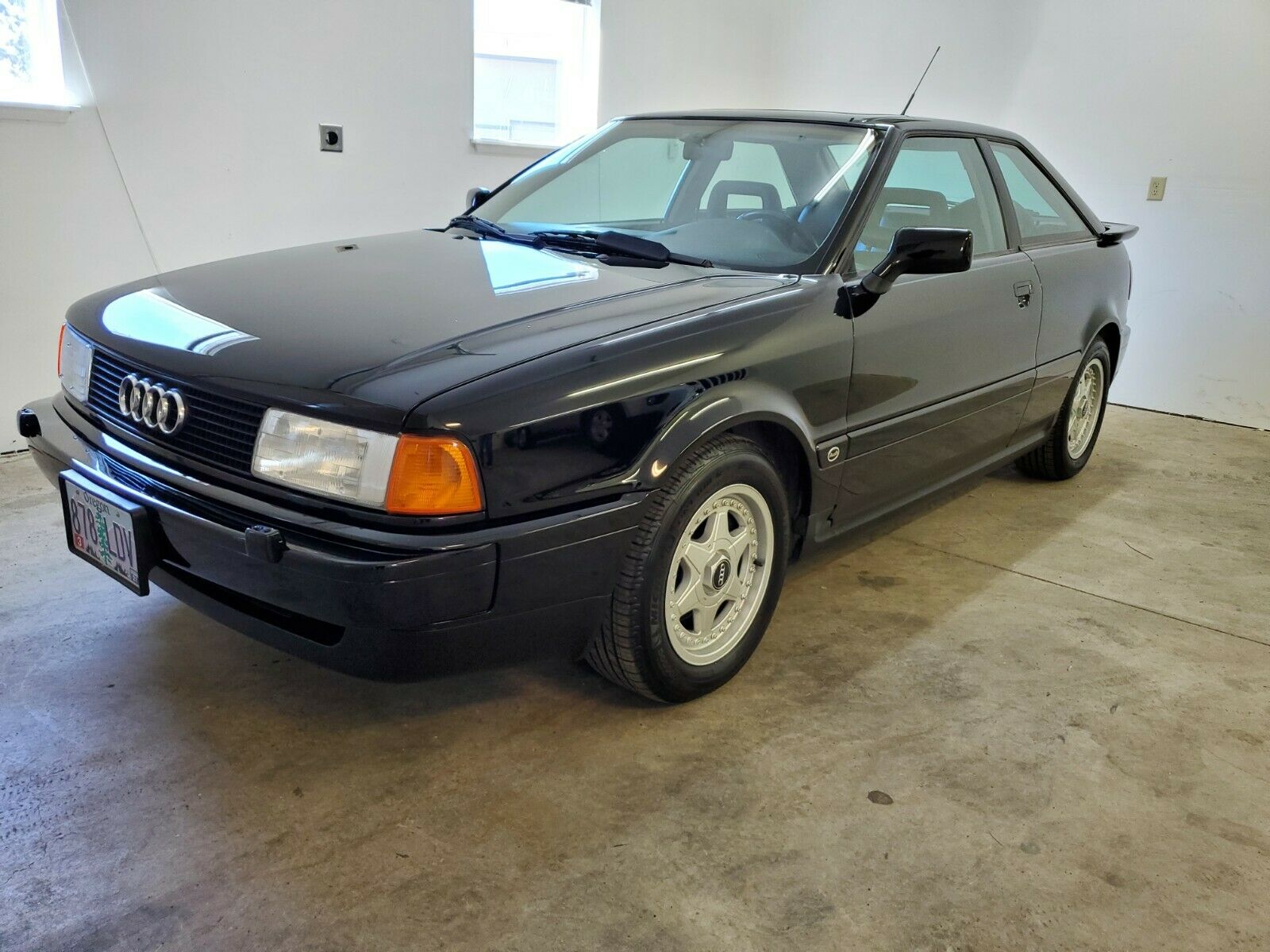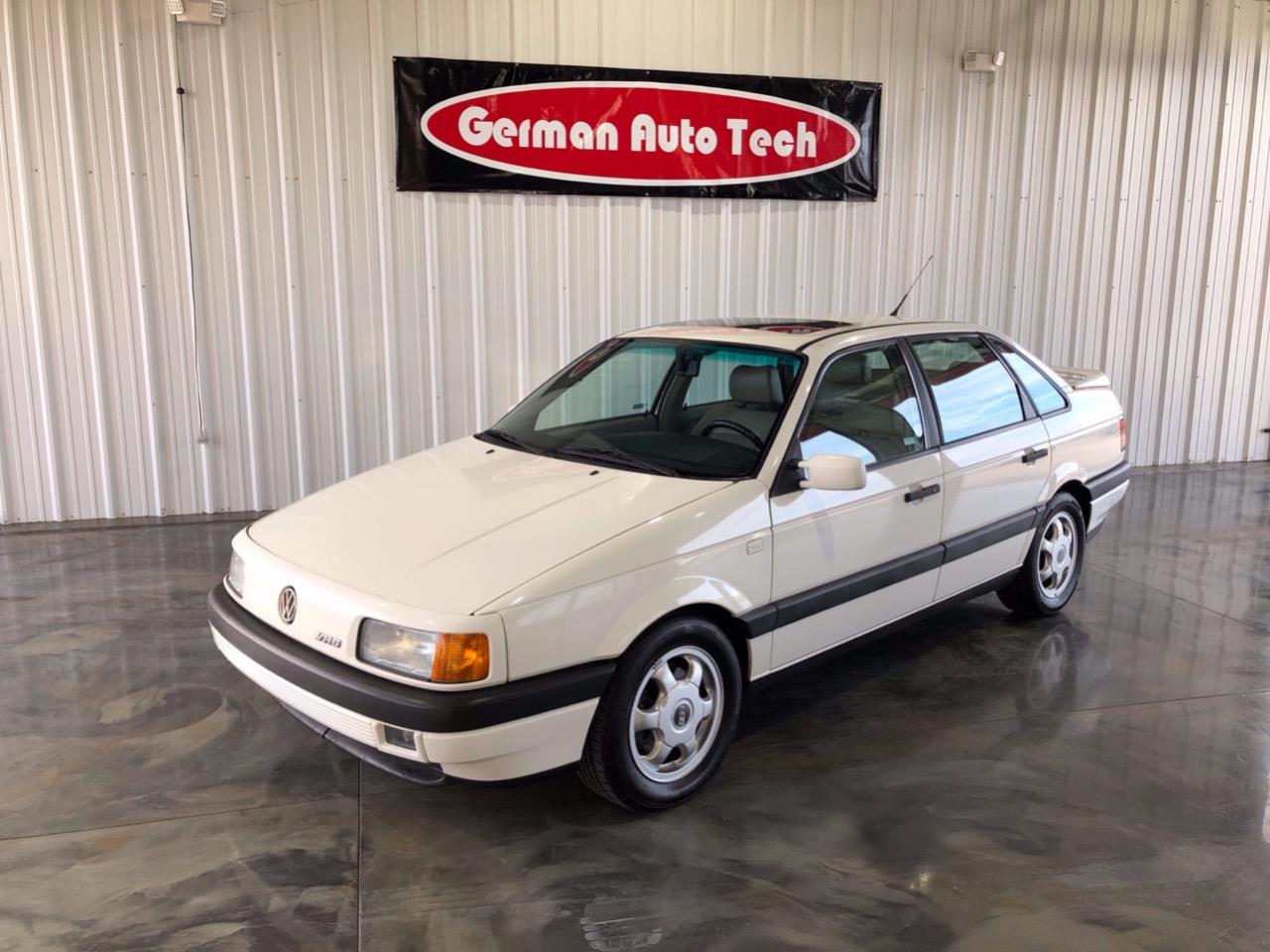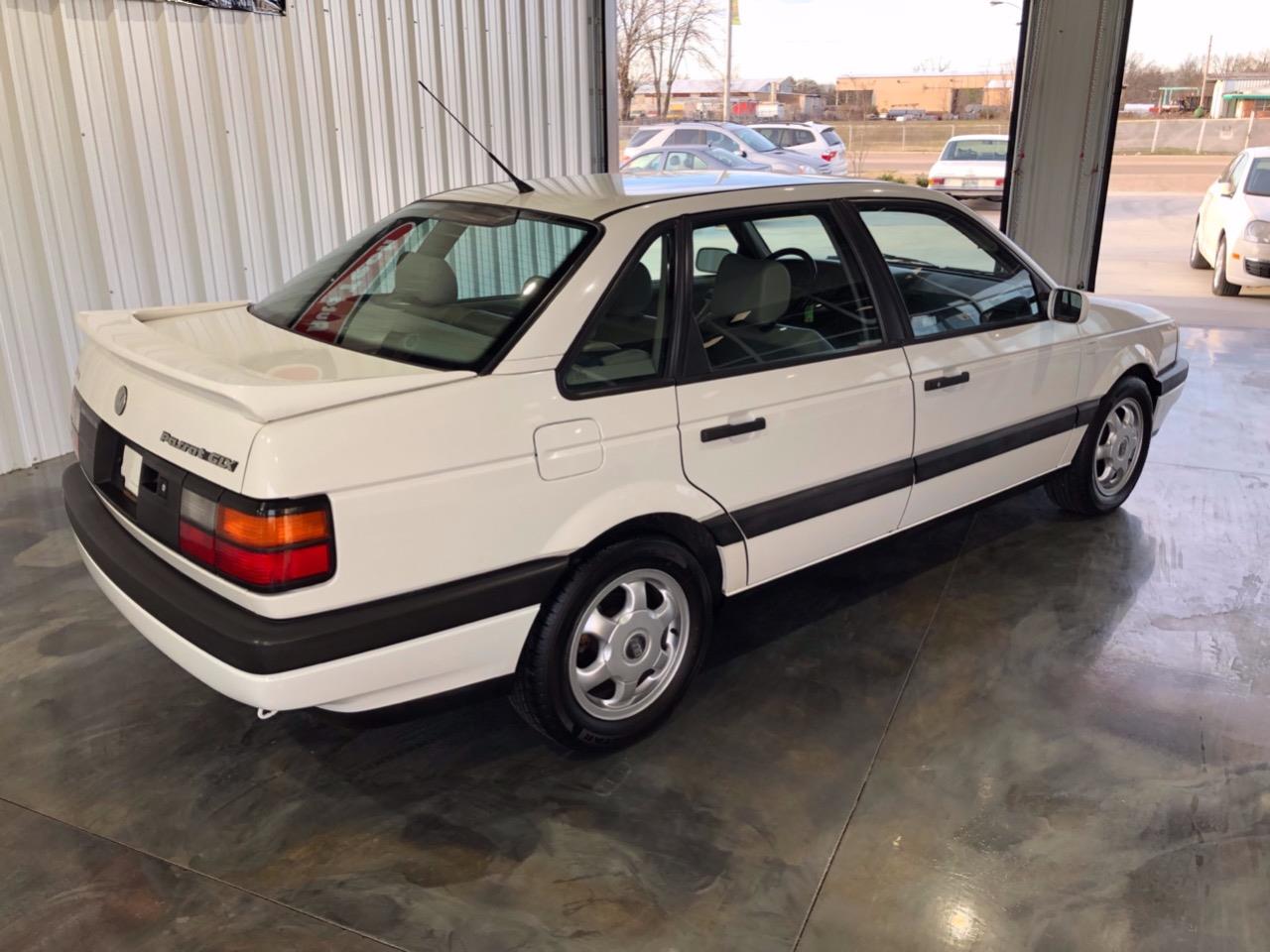While the move from the B2 to B3 chassis brought many changes to the small Audi lineup, it was also very much a case of ‘meet the new boss, same as the old boss’. Some of the features of the 4000 were gone; you could no longer opt to lock the center differential, for example, since the manual locker had been replaced by a more sophisticated Torsen unit. You could still opt to engage a rear differential lock, but electronics overrode that at 15 m.p.h.. That change was indicative of movement in the marketplace and where the B3 was aimed – slightly more upscale from the B2. Interior quality was greater, safety took priority, and production was broken into two categories as it had been in Europe for the B2. Selecting the top-range 90 quattro got you nicer BBS wheels, color matched bumpers and mirrors, a sportier raised spoiler, a better leather interior and wood trim. The downscale 80 would channel more of the outgoing 4000, with a velour and plastic-heavy interior. They even opted to keep the same Ronal R8 wheels as the old model early on, and the subtle rear spoiler was a near copy of the B2.
The more basic 80 was closer in performance to the 4000, too – the luxury and safety items of the B3 meant more weight, and the 90 tipped the scales at nearly 3,000 lbs. Mechanically identical, the 80 quattro was about a hundred pounds lighter and anyone who has driven 80s normally aspirated Audis knows that 100 lbs. makes a difference in performance. Motivation for both was the same NG-code inline-5 that was seen in the last Coupe GT Special Build models, meaning 130 horsepower and 140 lb.ft of torque – smoothly adequate, but certainly never overwhelming. The 80 quattro enjoyed only a short run in the U.S., being available in the 1988-1990 model years and then re-introduced with some 90 quattro upgrades for the ’92 model year as a hold-over until the V6 B4 was ready for production. The de-contented 80 was a fair bit cheaper than its quite expensive brethren; while a Coupe Quattro would set you back over $30,000 with some options, select a basic 80 quattro and you could sneak out of the dealership for $23,000 – barely more than the ’87 Coupe GT retailed for. Later 80s got some upgrades; body-color bumpers and BBS wheels primarily, and a clean Alpine White example has turned up for sale.








